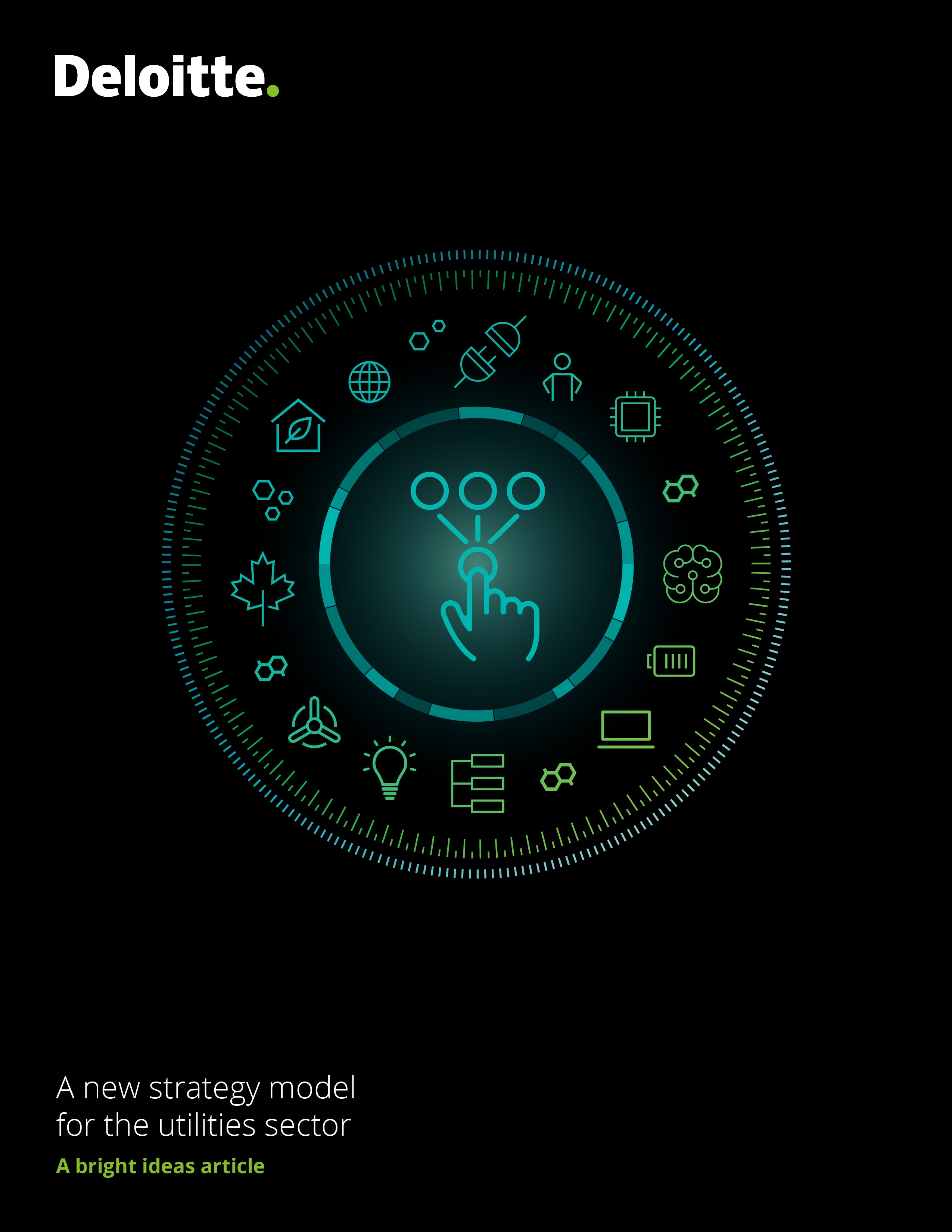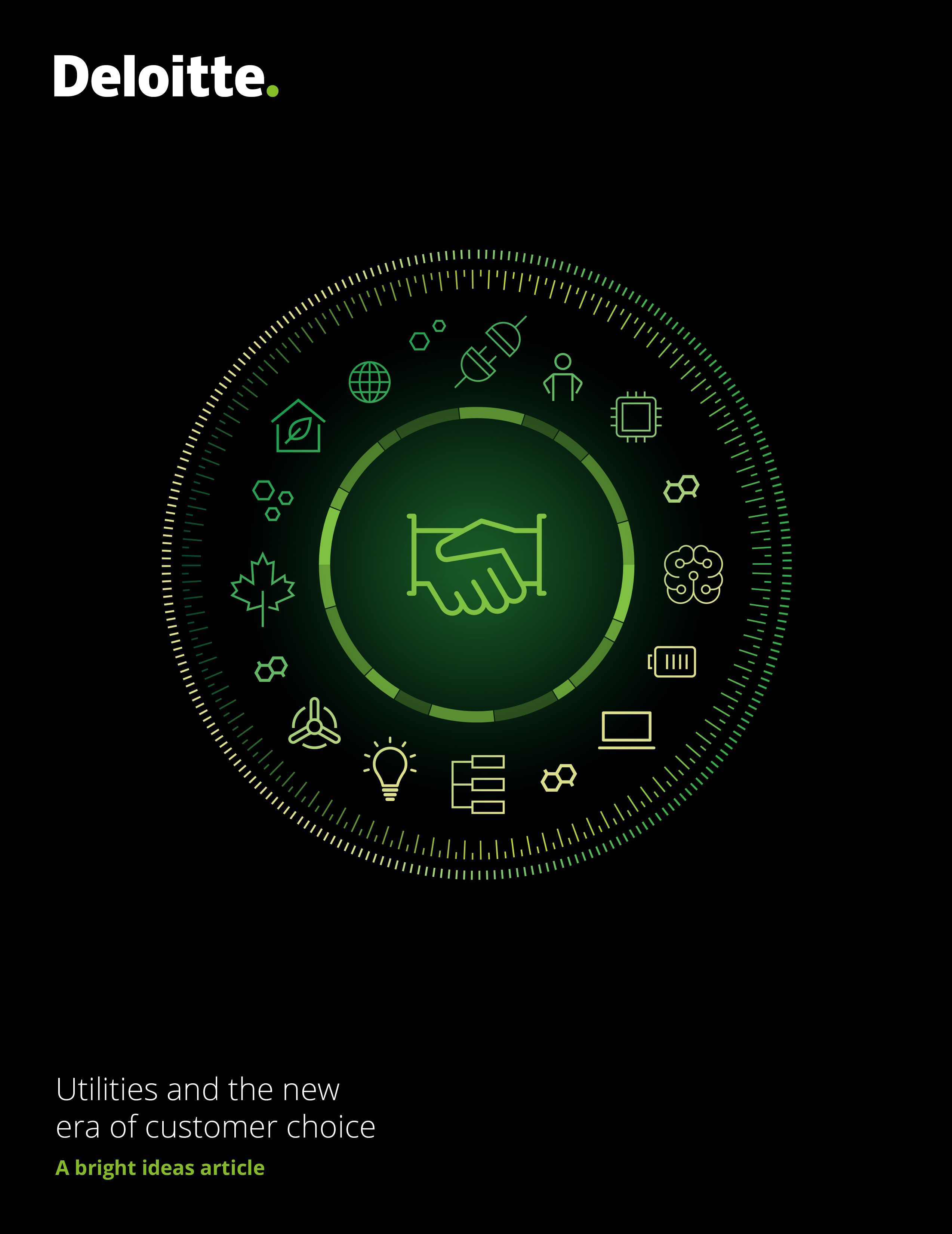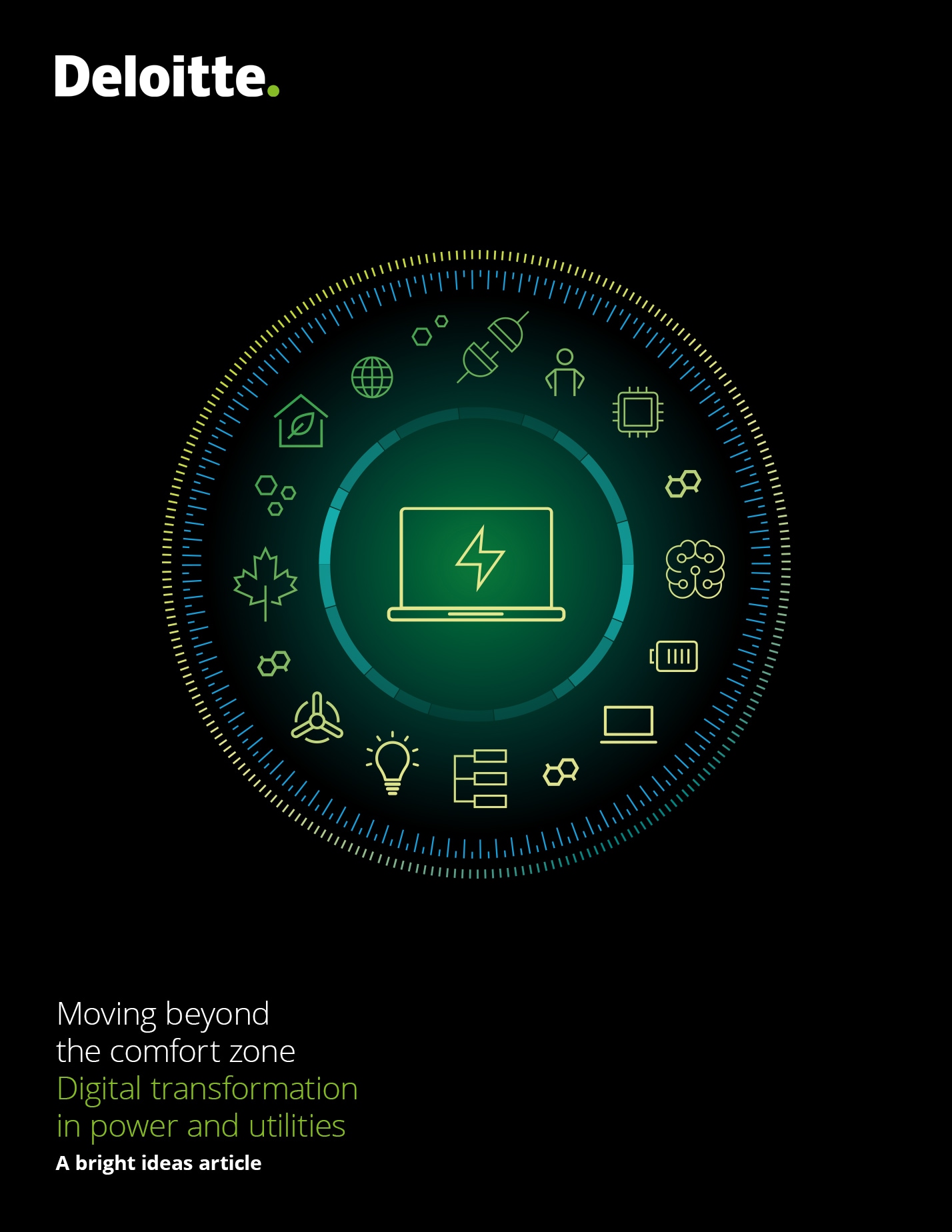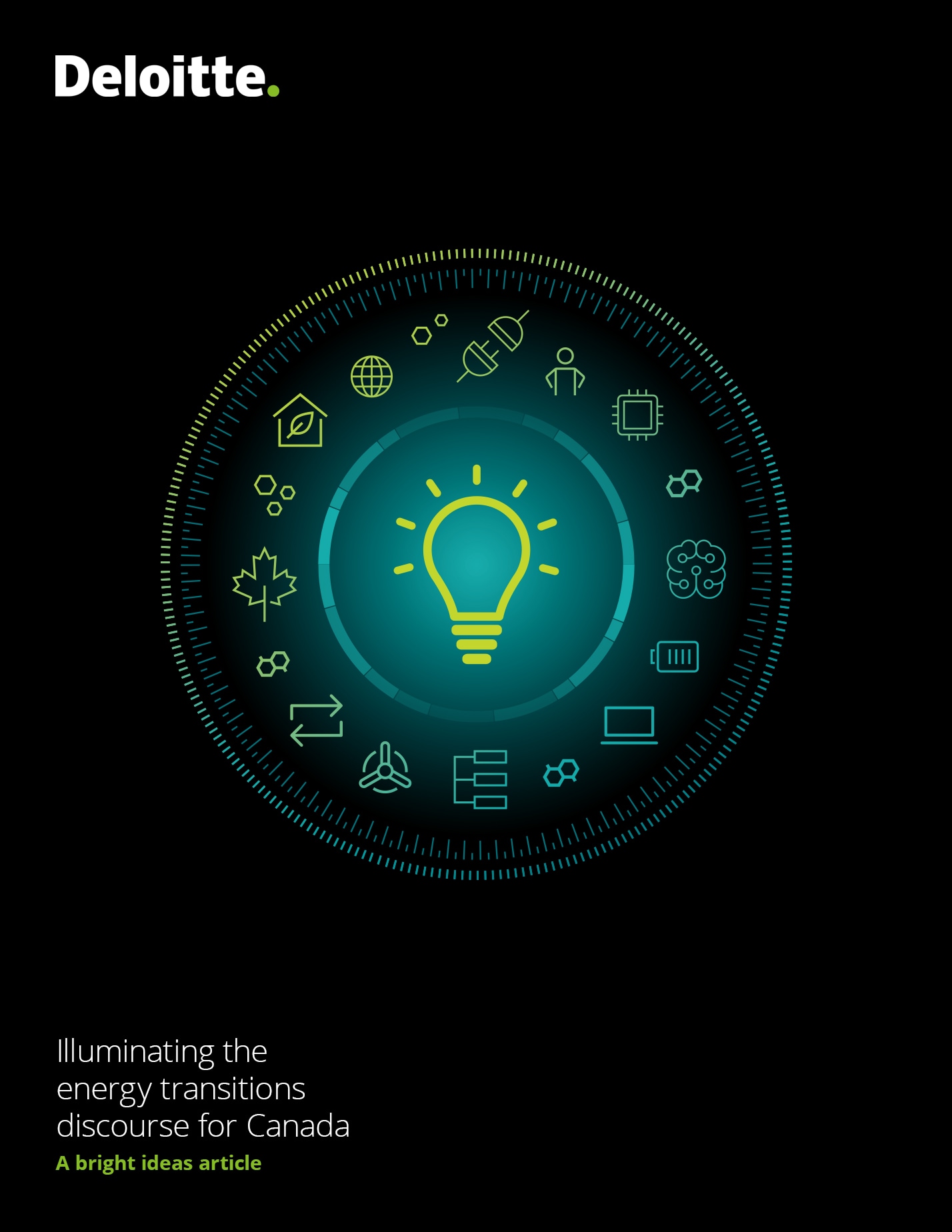Article

Bright ideas: New perspectives on the future of Canada’s power sector
The way the world thinks about energy is changing rapidly, challenging operating paradigms in industries that have existed in some cases for well over a hundred years. While many of these ideas are well documented and include familiar topics—such as the transition to renewables, rising customer expectations, and technology changes driven by Industry 4.0—their location, timing and impact are harder to predict.
To anticipate these requires deep understanding not just of global trends but of their local applicability. Who benefits from these changes will be the result of an interconnected set of choices which appear far more varied and complex than those typical to the industry. This is the new normal for executives leading energy companies globally and here in Canada but everyone is asking the same question: what does it all mean for my company now and in the foreseeable future?
Our Bright ideas: New perspectives on the future of Canada’s power sector series will take a look at some of these new ideas and explore the issues facing stakeholders and the options available to them. We’ll draw on case examples of how others have responded in similar situations, both inside and outside of the energy industry, to help illuminate a path forward.
Explore our series below to find out more.
A new strategy model for the utilities sector
Charting a path forward in the Canadian power and utilities industry has never been more challenging. Changes that might impact the industry are no longer decades into the future. They are imminent. Our climate, society, and views on the energy sector are shifting. These factors, coupled with technological innovation, will have a significant impact on Canada's utilities landscape. But big change can often lead to even bigger opportunities.
In our latest article — A new strategy model for the utilities sector — we explore the strategic approaches energy leaders can take when planning their next steps. What they must consider when deciding where and where not to play, how to win, and the capabilities they’ll need achieve success.
The article outlines the following strategic considerations:
- • The disruption of supply and demand in the power sector
- • A template for a strategy choice cascade
- • Essential questions for businesses, governments, and regulators
- • Considering new products and services
- • Strategic responses and new approaches
The future for utilities will require courageous leaders and a robust choice-making process. Are you ready for the challenge?
Utilities and the new era of customer choice
In the power and utilities sector, shifting business models and the potential for new competitors to enter the market are creating an urgency to improve the relationship with customers. Those who can secure their customer relationships will strengthen their position, and those who don’t could risk losing out.
In our latest Bright Ideas article, Utilities and the new era of customer choice, we explore the areas energy leaders should consider if they wish to put their customers at the heart of their operations:
- • Understanding what makes their customers unique
- • Crafting customer strategies
- • Driving and embedding customer insights
- • Considering new products and services
- • Connecting customer information to operations and value creation
The race to satisfy the customer is on.
Moving beyond the comfort zone
The digital revolution has already created a new normal in many
industries, but the power and utilities space hasn’t been as
quick to respond. In the second article of our Bright Ideas
series, Moving beyond the comfort zone: Digital transformation in
power and utilities, we offer Canadian energy leaders some ideas
to help them start realizing their digital potential.
The article outlines some important aspects they should keep in
mind:
- • Becoming an effective digital organization could help overcome the challenges of operating in a country that has a vast and rugged land mass and low population density.
- • Becoming a digital organization is at heart a people transformation.
- • Energy leaders will need to think, act, and react in new and different ways for their business to succeed in the digital world.
- • Upgrading the capabilities of employees (e.g. technical skills) should be ongoing and fit into their day-to-day work.
It’s time for energy companies to get out of their comfort zones and start developing a digital mindset.
Illuminating the energy transitions discourse for Canada
Energy, and the ways natural resources are used to generate it,
is increasingly a
subject of great debate as many regions in Canada are on the
verge of
transitioning to entirely new ways of producing it. Although this
is an uncertain
environment, some things remain clear: energy transition won’t
affect every
territory in the same way, and the causes of change will vary
greatly from region
to region.
In the first article in this series, we address and alleviate the
confusion that
energy companies are facing by demystifying the discourse around
energy
transition:
- • What are the different types of energy systems and their stability?
- • How do local, regional, national, and international forces of change influence energy systems?
- • What does this mean for the various energy situations in Canada, and in which province or region might energy transition occur in the near future?








